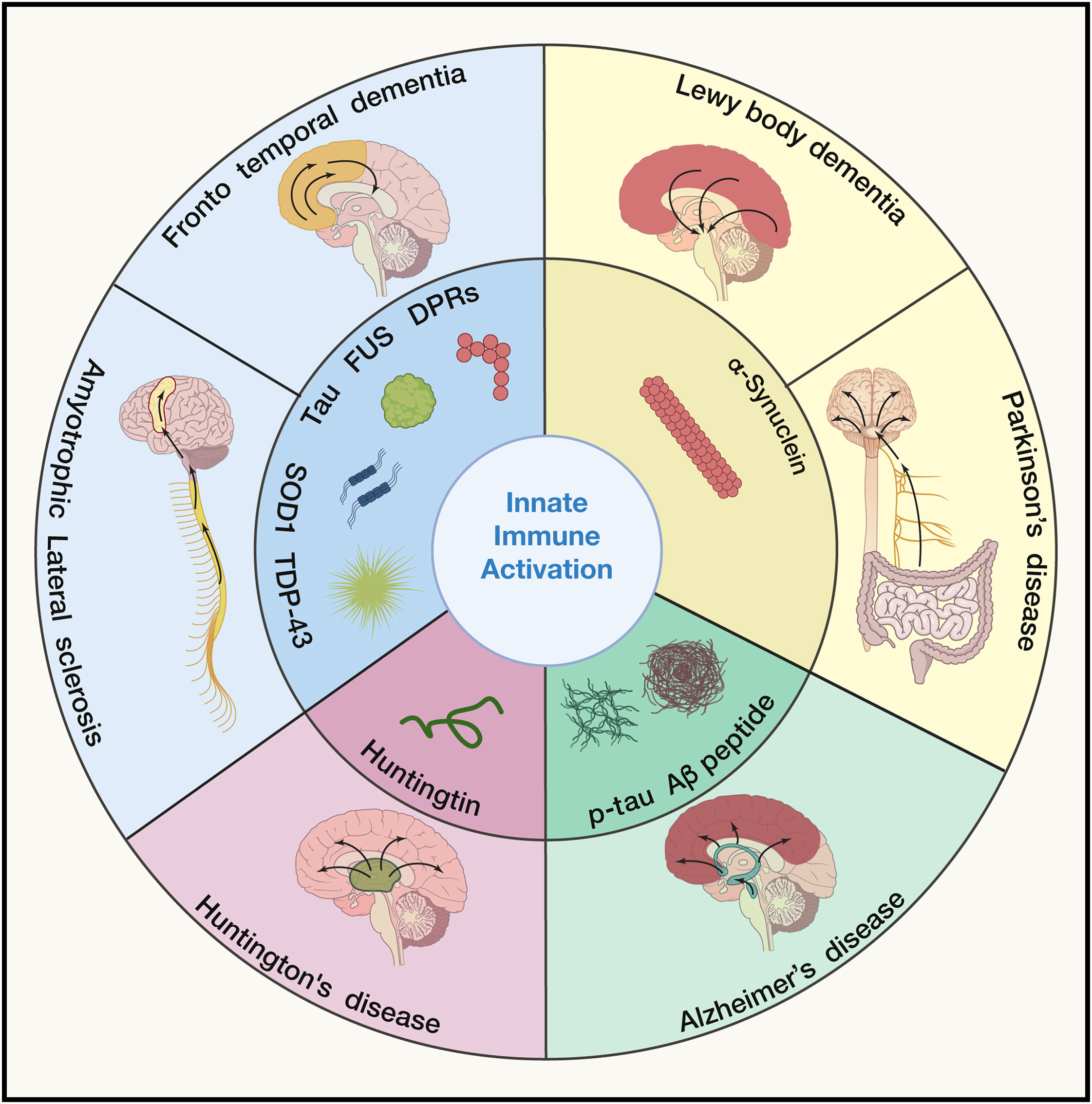Radiative cooling reduces the need to actively cool buildings in hot climates. This paper reports the use of droplets and wrinkles on a surface to increase the performance of radiative cooling coatings, which can be generated using a commercial spray gun.
This review paper highlights the significance of rewilding using reptiles for the purpose of ecological restoration and it outline the consequences for reptilian rewilding under climate change.
This Review supports SDGs 3 and 15 by exploring the links between climate change, biodiversity loss, and infectious diseases. The authors focus on the social, political, and financial factors that frame these issues, and suggest that a better understanding of these interactions is needed to drive solutions.
The paper highlights the interconnectedness of public health crises, such as pandemics, with biodiversity loss and climate change, as increased demand for materials to combat infectious diseases exacerbates environmental pressures, posing a threat to global sustainability and biodiversity.
This study aimed to assess the associations of both serum vitamin D status and supplementation with all-cause dementia, Alzheimer’s disease (AD), and vascular dementia (VD) incidence. It highlighted consistent associations between various facets of vitamin D and multivitamin intake, objectively measured vitamin D deficiency and insufficiency from blood samples, and 14-year dementia incidence in a study population aged 55 to 69 years at baseline. Subgroup analyses revealed effect modification by skin color with associations only observed in the non-brown/non-black skin color group and stronger effect estimates for vitamin D supplementation in younger compared to older study participants. Although results are encouraging and suggest a potential role for vitamin D supplementation in dementia prevention, particularly for those with vitamin D deficiency, caution is advised due to the observational nature of this study. RCTs with long follow-up periods are indispensable to establishing the efficacy of dementia prevention strategies.
This perspective provides a pioneering synthesis of clinical intervention trials examining the effects of fasting and caloric restriction on individuals suffering from neurodegenerative diseases, marking a comprehensive analysis on this topic.
This article shows that rTMS over frontal regions and tDCS over temporal regions can improve memory abilities in people with Alzheimer's Disease. However, the prolonged effect of rTMS showed a statistical tendency towards enhancing memory, whereas the long-term effects of tDCS could not be assessed due to insufficient data.
The activation of the innate immune system and subsequent neuroinflammation are common hallmarks of all neurodegenerative diseases. Castro-Gomez and Heneka review the emerging evidence related to receptors implicated in the activation of innate immunity during neurodegenerative processes. They predominantly focus on the role of microglia, PRRs, and other DAMP-sensing receptors in the pathogenesis of Alzheimer’s disease, tauopathy, Parkinson’s disease, and amyotrophic lateral sclerosis.
The study emphasizes practical application with a user-friendly website, empowering radiologists to predict class probabilities, track disease progression, and visualize patient images in both 2D and 3D formats, contributing significantly to the advancement of early AD detection.
This review explores the role of platelet dysfunction in the pathogenesis of Alzheimer's disease (AD) and cerebral amyloid angiopathy (CAA), discussing in vitro, in vivo, and clinical evidence related to platelet activation, adhesion, and aggregation, and highlighting potential therapeutic targets to address amyloid-related AD pathogenesis.


